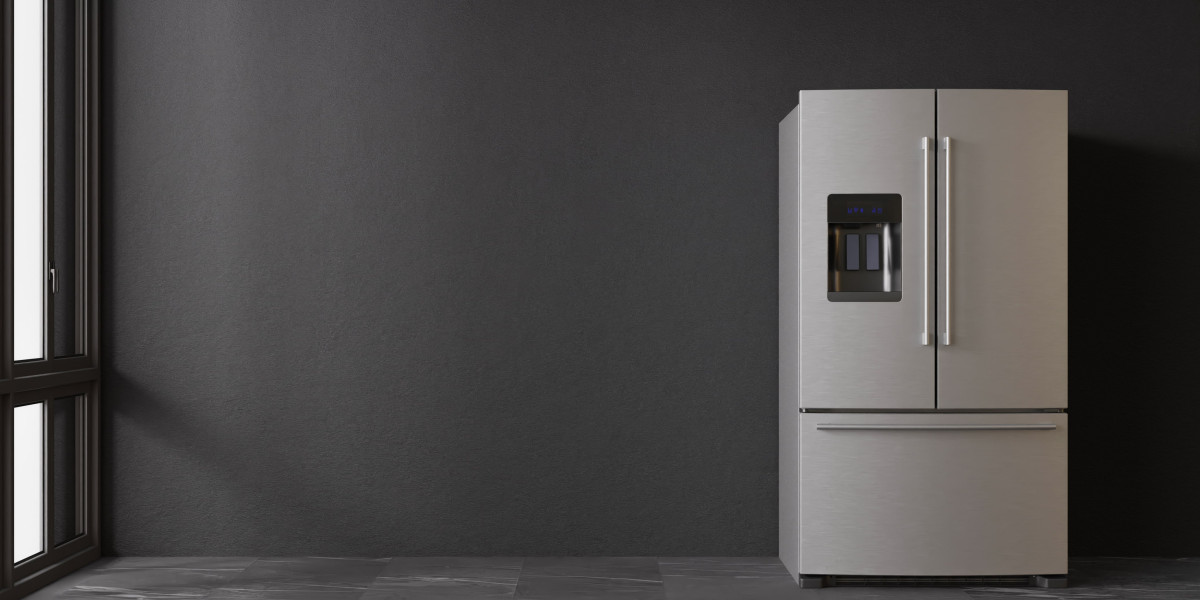architecture bhopal, the capital city of Madhya Pradesh, is renowned for its rich history, cultural heritage, and architectural diversity. The city’s architecture is a fascinating amalgamation of traditional Indian styles, Islamic influence, and colonial-era structures, creating a unique urban landscape that tells the story of its past. From grand palaces and forts to modern buildings, Bhopal's architecture offers a compelling visual narrative that spans centuries.
Mughal and Islamic Influences
Bhopal's architectural identity is deeply influenced by its Islamic history, dating back to the reign of the Afghan rulers in the 18th century. The Mughal and Indo-Saracenic styles are prominent in the city's ancient structures, characterized by intricate ornamentation, large domes, and grand arches. One of the most iconic architectural landmarks in Bhopal is the Taj-ul-Masajid, one of the largest mosques in India. Built in the Indo-Saracenic style, its impressive red sandstone façade, grand domes, and towering minarets stand as a testament to the city’s Islamic heritage.
Another remarkable example is the Moti Masjid, often referred to as the "Pearl Mosque," built during the reign of Sikandar Jahan Begum. The mosque, constructed in the 19th century, is a fine example of Mughal architecture with its white marble domes and delicate arches. The use of arches and domes in these buildings is not only an aesthetic choice but also serves practical purposes by improving acoustics and creating airy, cool interiors—ideal for the region's hot climate.
Royal Heritage and Traditional Palaces
Bhopal's royal heritage is beautifully reflected in its palaces and forts. The Shaukat Mahal, located near the Chowk area, is a striking example of Indo-European architecture. Combining elements of Islamic and European design, this palace’s arched windows and balconies exude a sense of grandeur. Similarly, the Sadar Manzil, the former royal court of the Nawabs of Bhopal, showcases traditional Mughal arches, while the European influence is evident in its symmetrical layout and ornamental detailing.
The Bhopal Fort, perched atop a hill, offers panoramic views of the city. The fort’s robust defensive architecture, including high walls, watchtowers, and gateways, reflects the military needs of the past while offering a glimpse into the grandeur of the Nawabi period.
Colonial-Era Architecture
During the British colonial era, Bhopal saw the construction of several administrative and civic buildings that add to the city’s architectural diversity. The Old Secretariat Building, with its neoclassical style, stands as a prime example of British colonial architecture in the city. Its classical columns, arched windows, and symmetrical layout are typical of the era’s architectural approach to imposing authority and stability.
The Victoria Memorial and Idgah Hills, among others, are also relics of British influence, with their design reflecting both Victorian-era aesthetics and the practical requirements of colonial governance.
Modern Architecture
Bhopal has not only preserved its historical architectural gems but has also embraced modernity in its urban planning and infrastructure. Contemporary buildings in Bhopal, particularly in areas like New Market and Bairagarh, incorporate glass facades, sleek lines, and functional designs suited to modern needs. The Bhopal Haat complex, with its combination of modern construction techniques and cultural elements, reflects the city’s attempt to merge old and new.
Contemporary public buildings, educational institutions, and housing complexes have introduced modern architectural trends like sustainable building practices, energy-efficient designs, and green spaces. These developments continue to shape the city’s skyline, providing a balanced mix of heritage and modernity.
Conclusion
Bhopal’s architecture is a testament to its diverse cultural influences, historical significance, and the evolving aspirations of its people. From the intricate arches of Mughal mosques to the colonial elegance of British buildings and the sleekness of contemporary designs, Bhopal’s architecture is as multifaceted as the city itself. It is a living reflection of the city’s rich past, vibrant present, and progressive future. As the city continues to grow, its architectural evolution will undoubtedly remain a captivating feature for generations to come.







